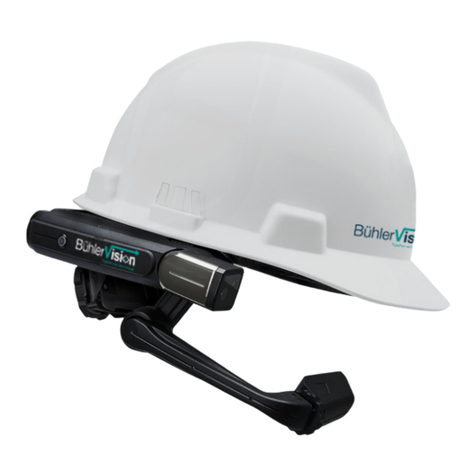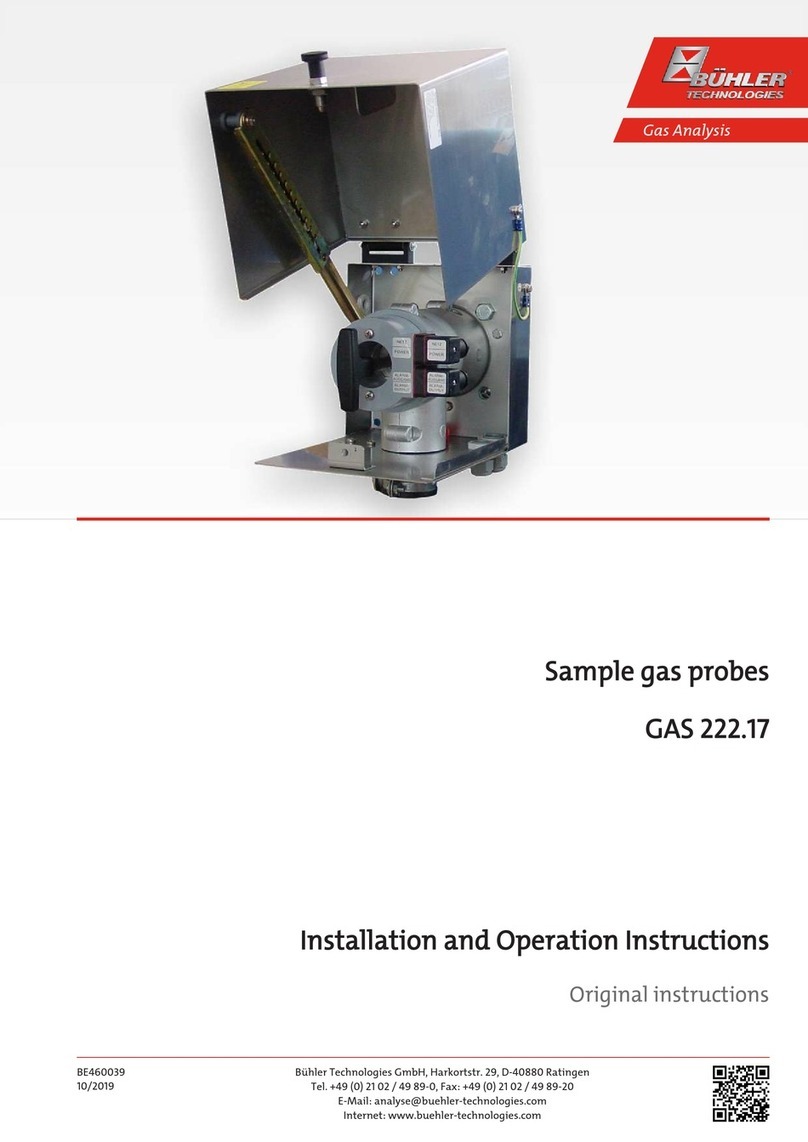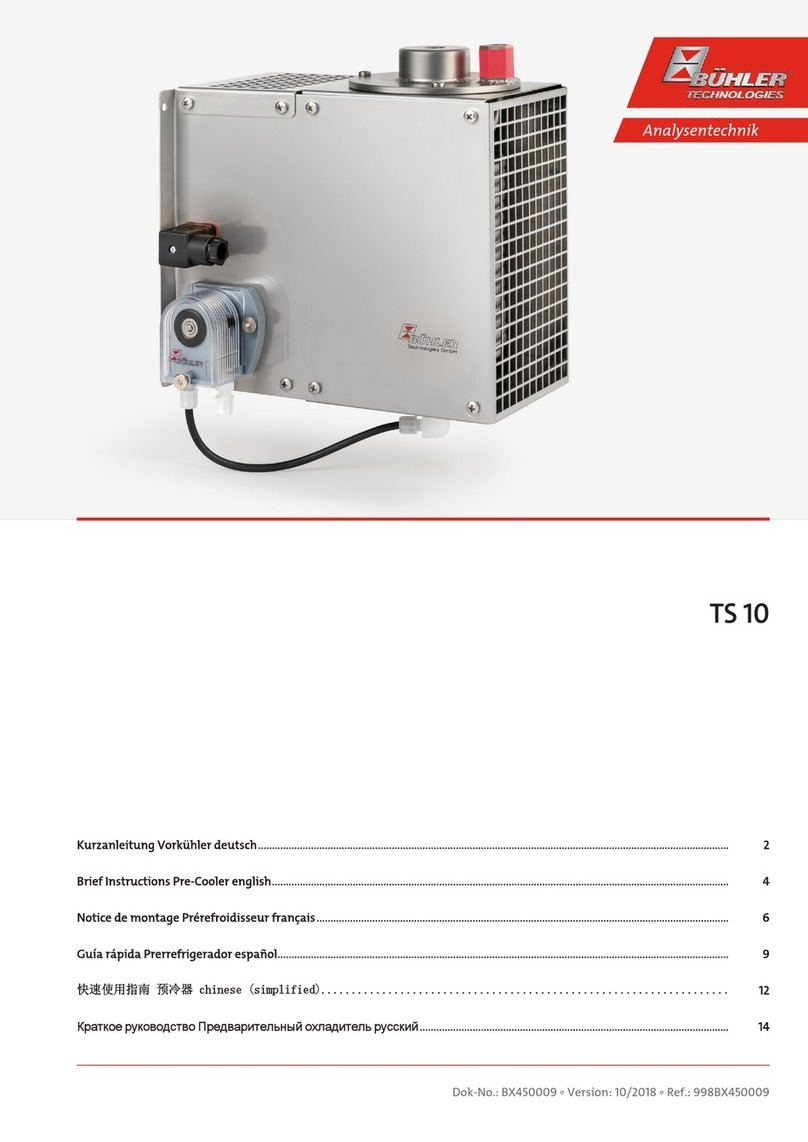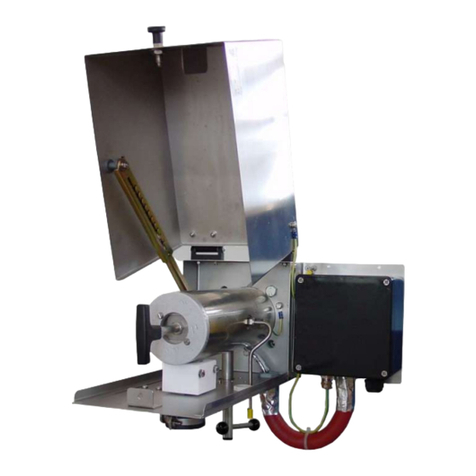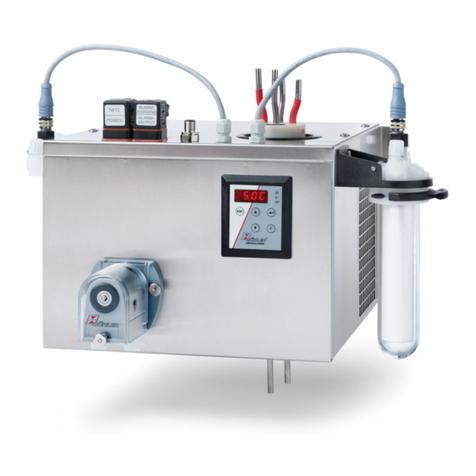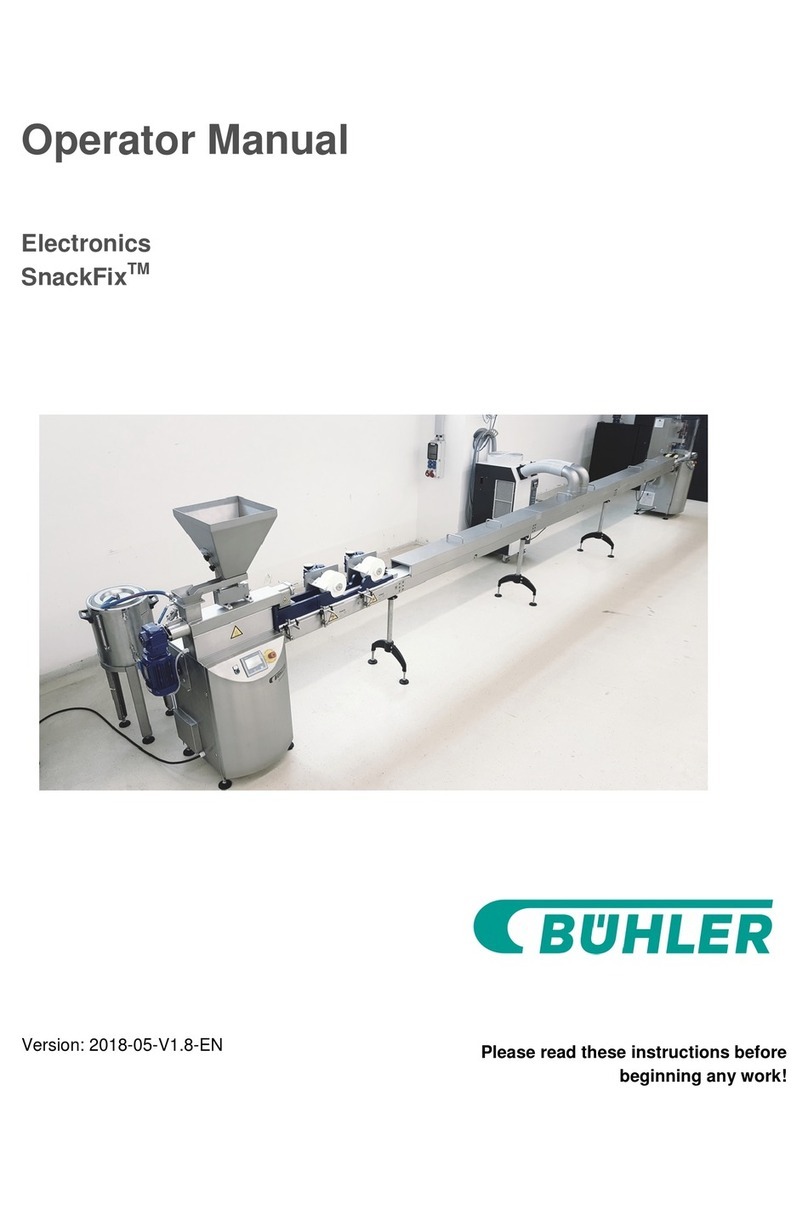
6 Table of contents Three-roll Mill
2.5 Operating materials...................................................................................................... 35
2.5.1 Cooling water................................................................................................... 35
2.5.2 Hydraulic oil ..................................................................................................... 35
2.5.3 Gear oil ............................................................................................................ 35
2.5.4 For maintenance work..................................................................................... 35
2.6 Specific line pressure ................................................................................................... 36
2.7 Dimension drawings..................................................................................................... 37
3Transport..................................................................................................... 38
3.1 General......................................................................................................................... 38
3.2 Storage......................................................................................................................... 38
3.3 Suspension on the crane ............................................................................................. 39
4Installation................................................................................................... 40
4.1 General......................................................................................................................... 40
4.2 Local conditions............................................................................................................ 40
Ambient conditions .......................................................................................... 40
4.3 Erection ........................................................................................................................ 40
4.3.1 Installation procedure ...................................................................................... 41
4.4 Electrical installation..................................................................................................... 42
4.4.1 Connecting to the power supply...................................................................... 42
Connecting the control cabinet........................................................................ 42
4.4.2 Earthing ........................................................................................................... 43
4.5 Installation of supply lines ............................................................................................ 43
4.5.1 Product lines.................................................................................................... 43
4.5.2 Cooling water lines .......................................................................................... 43
5Start-up........................................................................................................ 44
5.1 General......................................................................................................................... 44
5.2 Pre-operational inspections.......................................................................................... 45
5.3 Settings ........................................................................................................................ 46
5.3.1 Roll cooling setting .......................................................................................... 46
5.3.2 Filling in hydraulic oil and adjusting operating pressure.................................. 47
5.3.3 Aligning the rolls .............................................................................................. 48
5.3.4 Setting counter-pressure, hopper plate and scraper knife contact pressure .. 50
5.3.5 Inserting and fixing the scraper and setting it.................................................. 51
5.3.6 Level monitoring (option)................................................................................. 53
Without certification for the explosion-dangerous area................................... 53
Certified for the explosion-dangerous area ..................................................... 54
5.3.7 Calibrating the position indicator (option)........................................................ 57
5.3.8 Filling hydraulic system (option) ...................................................................... 58
5.3.9 Tightening the V-belts ..................................................................................... 59
5.3.10 Bucket tilting device (Option)........................................................................... 59
5.3.11 Adjusting of minimum roll nip (option) ............................................................. 60
5.4 Inspection of functions.................................................................................................. 61
5.4.1 Inspection of machine functions...................................................................... 62
Direction of rotation of the hydraulic pump motor ........................................... 62
Direction of rotation of the rolls........................................................................ 62
SDW 800/1000 (-Ex), 80357-1-en-0703 © Copyright 2007 Bühler AG


